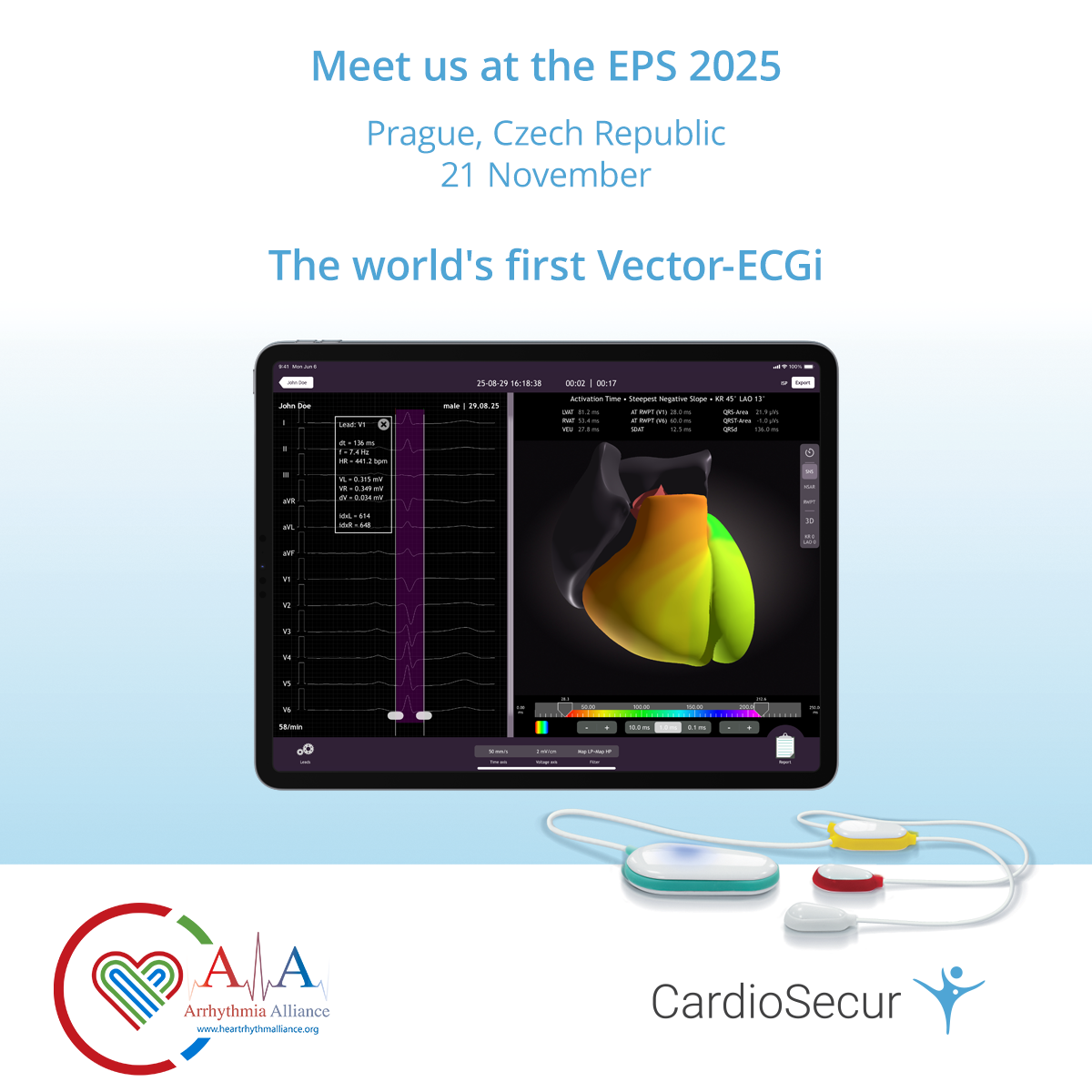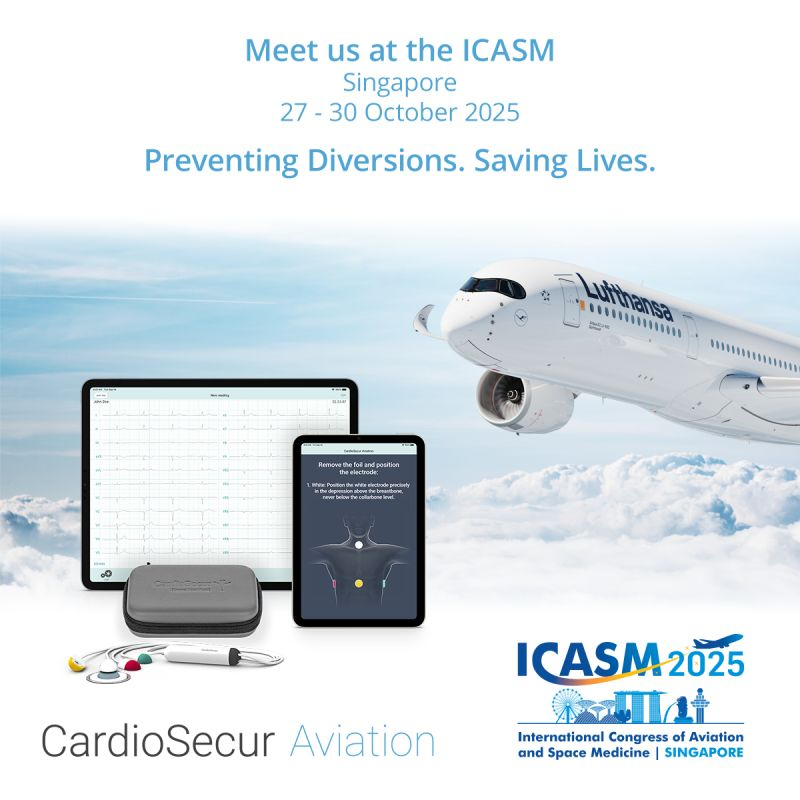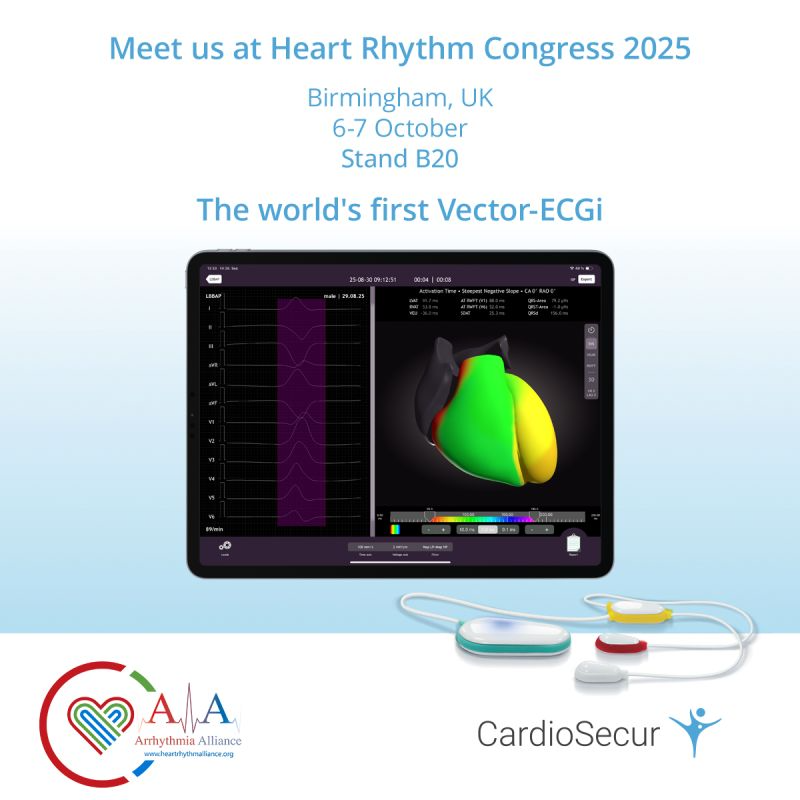Causes and risk factors for sudden cardiac death
More than 60,000 people die of sudden cardiac death in Germany every year. Sudden cardiac death is a cardiovascular arrest caused by heart failure. Although sudden cardiac death itself occurs abruptly and within a few minutes, in about half of all cases it is preceded by signs. In addition to pain in the chest or upper abdomen, these signs also include shortness of breath and dizziness. Even seemingly very healthy people, such as top athletes, can be affected, collapsing during training or competition and having to be resuscitated. But even in these cases, the reasons usually lie in a previous heart disease that first leads to cardiac arrhythmia and then to cardiac arrest.
In most cases, cardiac arrhythmia occurs shortly before sudden cardiac death, which mean that the heart is no longer supplied with oxygen. This means that the muscle contractions and thus the pumping impulses are irregular, too far apart (bradycardia) or follow each other too quickly (tachycardia) to fill the heart with sufficient oxygenated blood. The result can be cardiac arrest. The most common cause of cardiac arrhythmias leading to cardiac arrest is pre-existing heart disease.
Sudden cardiac death is not the result of just one medical condition, but can have a variety of different causes. Read here
which clinical pictures and risk factors can lead to sudden cardiac death,
what to do in an emergency and
how you can protect yourself and your heart.
Causes and risk factors for sudden cardiac death
The most common cause of sudden cardiac death is coronary heart disease (CHD). In coronary heart disease, deposits in the arteries (arteriosclerosis) disrupt the supply of blood and thus oxygen to the heart. Affected people usually suffer from angina pectoris, a characteristic feeling of tightness in the chest. For some people, however, coronary heart disease initially remains asymptomatic. If the deposits increase over time, they can obstruct the affected heart vessels more and more until part of the heart muscle no longer receives enough oxygen. This can eventually lead to a heart attack. In a heart attack, a coronary vessel becomes blocked, causing heart tissue to die permanently. In the hours and days following a heart attack, the likelihood of arrhythmias and sudden cardiac death is particularly high. The risk of developing CHD increases if there are pre-existing conditions such as diabetes, high blood pressure or a lipid metabolism disorder.
When the heart is too weak, this is called heart failure. Heart failure can be a result of coronary heart disease and heart attack. Congenital heart defects can also cause heart failure. Chronic heart failure develops slowly and is permanent. Depending on the degree, it can go unnoticed or manifest itself in a drop in physical performance, shortness of breath and water retention - especially in the legs and feet. Acute heart failure can occur abruptly or follow chronic heart failure. If the heart failure is acute, it is also called heart failure; the heart is now no longer able to supply the organs of the body. This circumstance can lead to cardiac arrhythmias and sudden cardiac death.
Cardiac arrhythmias can also be the result of hereditary or inflammatory changes in the heart and lead to sudden cardiac death. If sudden cardiac death occurs in young, fit people, this is usually the reason. For example, a congenital heart defect can disrupt the electrical impulses of the heart (for example, Brugada syndrome or WPW syndrome). Another possible cause is inflammation of the heart muscle (myocarditis). In this case, the arrhythmias usually disappear after successful treatment of the inflammation.
A sudden cardiac death is an emergency situation
In the case of acute symptoms such as chest tightness, dizziness, shortness of breath, anxiety and cold sweat, an emergency doctor must be called to prevent serious physical consequences, including sudden cardiac death. Sudden cardiac death is when a relatively sudden cardiac arrest leads to death. The person concerned is then no longer responsive, is not breathing and has no pulse. However, resuscitation through defibrillation and the administration of appropriate medication is possible. The earlier resuscitation is started, the higher the chances of survival. Therefore, as in any medical emergency, it is important to call an emergency doctor immediately! In the event of cardiovascular arrest, cardiac massage must also be started as soon as possible in order to continue to supply the organs with blood until the victim is resuscitated. This is the only way to avoid irreversible damage. Defibrillators are now available in many public places. These devices guide the assisting person through the necessary steps and also make the decision whether the administration of electric shocks is necessary. So using a lay defibrillator is easy and it can save lives.
Check - Call - Press - Shock
Check if the person is unconscious and if they are still breathing.
Call the emergency doctor EU-wide on 112.
In case of cardiac arrest, start chest compressions as soon as possible. Press on the chest of the collapsed person about 100 to 120 times a minute with hands placed on top of each other and arms stretched out. To avoid infection during the Covid-19 pandemic, you can place a thin cloth over the person's mouth and nose and put on a mask yourself.
Another first aider should fetch a lay defibrillator. In the event of cardiac arrest, the heart can be restarted by shock. Follow the audio and visual instructions of the defibrillator.
Care for your heart!
Symptoms such as chest tightness, dizziness, shortness of breath, anxiety and cold sweat should be taken seriously. However, warning signs of heart disease are not always correctly identified by those affected. In addition, heart disease can sometimes progress without symptoms. That is why regular routine medical check-ups are advisable. Such a check-up is covered in Germany by health insurance every three years from the age of 35. The statistical risk of sudden cardiac death is higher for men than for women. Overall, the risk increases with age. Since people who were previously completely free of symptoms can also suffer sudden cardiac death, preventive check-ups that go beyond the medical check-up can be particularly useful for risk groups.
If symptoms already occur, it is important to arrive at a diagnosis in order to be able to start with the appropriate therapy. Your family doctor will first ask you about your symptoms, previous illnesses and your lifestyle. If there is a family history of heart disease, this may indicate a genetic predisposition. The direct medical examination with the help of scales, stethoscope and blood pressure monitor may be followed by further diagnostic procedures such as blood tests, resting and stress ECG or ultrasound examination of the heart, depending on the doctor's assessment. Sometimes heart problems such as cardiac arrhythmias are difficult to diagnose because they occur only briefly and often not at the moment when you are in the doctor's office. In this case, a mobile ECG device helps, with the help of which you can independently record ECGs when symptoms occur.
Regardless of whether you have symptoms or not: a healthy lifestyle protects your heart! In the best case, you can avoid heart disease altogether or improve the prognosis through your own behaviour.



